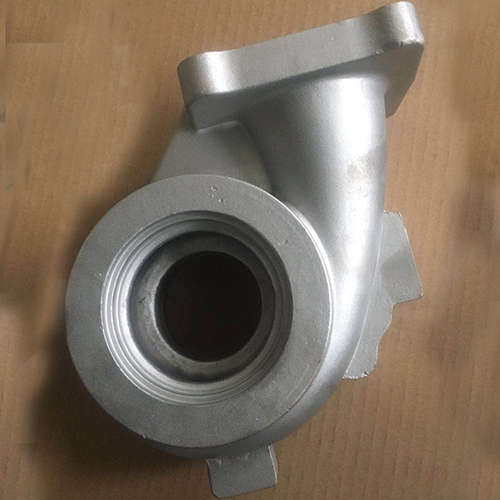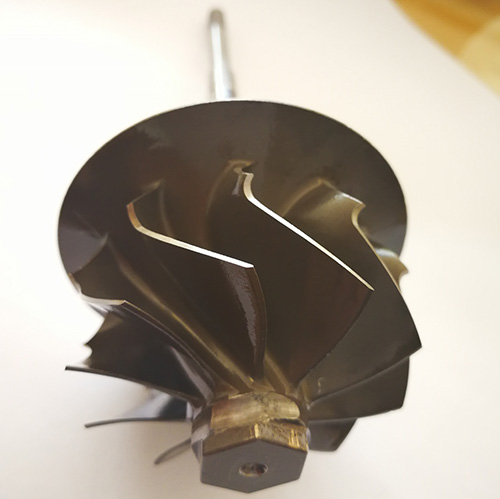Laser-integrated device boosts up-conversion: application of solar cells and nanophase more effective
Rice University professor of the method of raising the frequency of solar cells can make more efficient, and the treatment of disease nanoparticles more effective. The experiment led by Gururaj Naik, an assistant professor of electrical and computer engineering, combines plasmonic metal and semiconductor quantum wells to increase the frequency of light and change its color. On the nanoscale, Naik, a postdoctoral fellow at Stanford University, developed a custom-made tower that was hit by green light to produce a higher-energy blue glow. He said: "I use low-energy photons and convert them to high-energy photons." Naik said that effective light up-conversion may cause the solar cell to turn to extra infrared light and convert it into electricity or help the photosensitive nanoparticles to treat diseased cells. The study is published in the American Chemical Society's "Nano Letters." Magic happens inside the tower, with the tower measuring about 100 nanometers in the lateral direction. When excited by light of a particular wavelength, the gold spot on the tip of the tower converts the light energy into a plasma that, like the ripples on the pond, rhythmically sputters the plasma energy across the gold surface. Plasma lifetimes are transient, and as they decline, they release their energy in one of two ways; they either excite one of the photons in the light or send an electron to them by transferring their energy - a "hot" electron - to generate heat. The research at Stanford University in Naik was inspired by breakthrough work by professors Naomi Halas and Peter Nordlander at the Nanophotonics Laboratory who have shown that the material that excites plasmas also excites "hot carriers" Electrons and holes - Inside the material (holes are vacancies created when electrons are excited to a higher state, giving their atoms a positive charge) Professor Naik, who joined Rice University's College a year ago, said: "Plasmas are really good at compressing light to the nanometer scale." "But all this at the expense of something Halas and Nordlander said that you can extract optical losses in the form of electrical energy. My idea is to convert electrical energy back to light. " He used a tower designed with a carousel of gallium nitride and indium gallium nitride, topped with a thin layer of gold and surrounded by silver. Instead of letting hot carriers run away, Naik's strategy is to direct hot electrons and hot holes as gallium nitride and indium gallium nitride indium substrates for electron capture quantum wells. These traps have a fixed bandgap that blocks electrons and holes until they recombine with sufficient energy across the band gap and release photons at a higher frequency. Naik said the current efficiency of up-converters used for on-chip communications, photodynamic therapy, safety and data storage is in the 5% to 10% range. Quantum theory has proven to be up to 50% efficient ("because we absorb two photons to emit one photon"), but he says 25% is the actual goal of his method. Naik said his equipment can be tuned by changing the size and shape of the particles and the thickness of the layers. "Lasers based on lanthanides and organic molecules emit and absorb light at set frequencies because they are fixed at atomic or molecular energy levels." We can design the quantum well and adjust its band gap to Photons are emitted in the frequency range we want, and metal nanostructures absorbed at different frequencies are similarly designed. This means that we can design absorption and launch almost independently, which was not possible before. After working with Stanley Dionne to publish a theoretical article in preparation for his experiment, Naik built and tested a prototype tower concept while working with Stanley Dionne's Stanford lab. "This is a solid state device," Naik said of the prototype. "The next step is to make individual particles by coating the quantum dots with the right size and shape of metal." He said these show potential as a medical contrast agent or drug delivery vehicle. Naik said: "Infrared light has a deeper penetrating effect on the tissue, and blue light can cause the reaction necessary for drug delivery." "People use an ascending device to deliver the drug to the body's desired parts and radiate infrared light from the outside Drugs and active drugs. He said that the particles can also make an invisible ink. "You can write using an up-converter, no one knows what you write until you're exposed to high-intensity infrared and the color of the word is converted to visible light."
Steel Castings - Cast Steel Turbocharger Parts
The parts mainly include the Turbocharger Compressor Wheel, turbine wheel, SS turbine housing and so on.
Processings: sand casting, investment casting - water glass investment casting, silica sol casting
Material: carbon steel, alloy steel and any other special steel
Our advantages: 1. short lead time
2. strict control on raw material sourcing
3. high and stable quality
4. strict control on inspection
5. good service and in time feedback to clients' request
Cast Steel Turbocharger Parts Cast Steel Turbocharger Parts,Turbo Compressor Wheel,Water Cooled Turbocharger,Turbocharger Investment Casting Parts Dandong Hengrui Machinery Co., Ltd. , http://www.hrcastings.com

